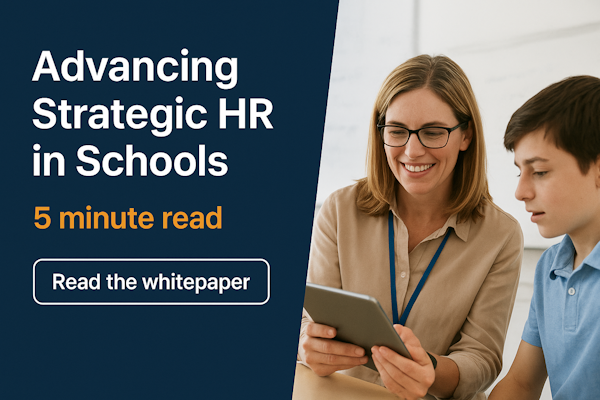How to Easily Create and Maintain a Competency Framework
 ConnX HR
ConnX HR
6 November 2018

A competency framework is a set of characteristics (or competencies) defined by your business to successfully perform roles.
More importantly though, is what do you want to use a competency framework for. What you can use a competency framework for and what you do (or should) use it for may be 2 different things. Be clear on the purpose of your competency framework to ensure it stays relevant.
Uses for a Competency Framework
- Helps to create a position description and keep it relevant
Recruitment, attraction and selection
- Create screening questions for automatic ranking
- Candidates be easily aware of job requirements
- Selecting the best quality candidates quickly for progression
Employee Development
- Shows a clear path for advancement
- Identify what’s really important for the role
- Create a Gap for the current role and future roles
- Identify career progression
Performance
- Communicate clear expectations of role performance
- Track and measure employee performance against the role
- Monitor outcomes against set criteria for salary increments
Creating re-useable competencies
It’s important to be flexible and re-usable when defining and building your framework using “levels” of competence, rather than re-defining the competency for each role. A simple example of this is the Microsoft Excel skill. The junior role may require a “Foundation level of Microsoft Excel”, mid-tier role at “Intermediate” and senior role at “Advanced”. It’s the same skill but the level increases with the role advancing.
Adopting this style of framework makes it much easier to create and maintain the framework.
Other examples of competency levels are…
Observed, Participated, Demonstrate, Educate
- Foundational, Intermediate, Adept, Advanced, Highly advanced (by NSW Public Sector Capability Framework)
- Novice, Advanced Beginner, Competent, Proficient, Expert (Dreyfus Model)
There are lots of resources available on the web for competency frameworks.
SelectionCriteria.com.au has a concise article on “Describing your level of competence” this is an easy read article which covers the basics on what you need to know. The New South Wales Public Service Commission have published their detailed Capability Framework online.
Re-usable competencies make your life and the business needs much easier
Top down or bottom up?
Most organisations start at the top and create a cascading competency framework from the Senior Leader down the organisational chart defining each role as they go. Whilst this is typically the right approach, in certain conditions it may be better to take a different approach.
For small teams, it can be more difficult defining the subtleties of the role in top down. In a typical, junior/mid/senior/team leader/manager structure starting with the mid-tier role and working down to junior and up to senior is sometimes easier. The Team Leader and Manger roles will typically have their own competency frameworks as well.
More easily define the competency framework by starting with mid-tier role

Your managers know the requirements of the role better than any other, so before you embark on this journey, be sure to engage with managers and help them understand the reasons and how it will benefit them and their staff (see examples above). You can even incorporate internal movement, manager involvement and staff promotions into your recognition program appreciating the efforts of managers along the way.
Engage with managers often and include managers in the recognition program
Individualised Roles for Employees
How do you manage the long-term employee moving from an “individualised role” to a “business-defined role”? We all have them; employees who have been with the business for so long the role is defined around the employee instead of the employee matched to the role. In these cases, acknowledge them as unique cases and treat them simply as an exception. Yes, it’s harder to write the position description, KPIs and performance expectations. It’s also more difficult with career planning, but let’s face it, if you have this unique person in your employment it’s likely you are much better off in your business!
Conclusion
Competency Frameworks are easy to create and maintain, and like everything you do the work you put in should easily cover the benefit it provides. The average return on investment is 1 to 2 years before you will start realising the benefits of your competency framework, however immediate benefits relating to recruitment especially are more obvious. Plan your competency framework and develop it over time to ensure it says on track and delivers what the business needs.
About Us
Since 2003 we’ve helped hundreds of businesses across Australia with their business operational, compliance and engagement strategies by providing the HR tools to drive efficiency and ultimately make your life easier, allowing you to add real value to your business. Complete our Contact Us for and we’ll call you to discuss your needs and how we can help.










